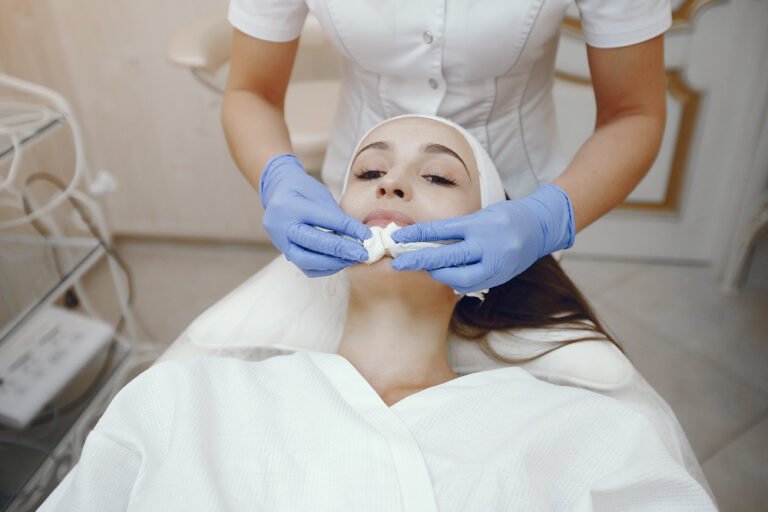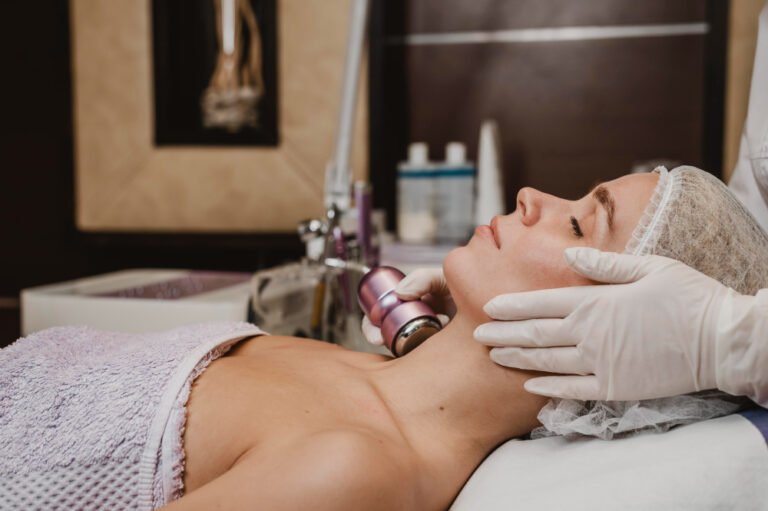Peptide therapy has become one of the most sought-after anti-aging and regenerative treatments in Korea. With its ability to stimulate natural healing, support hormone balance, and boost cellular function, many patients are turning to peptide protocols to address fatigue, weight gain, skin aging, and more.
But if you’re considering peptide therapy in Korea—whether you’re a local or visiting for medical tourism—you might wonder:
👉 What actually happens during a peptide therapy session in Korea?
This guide walks you through step-by-step what to expect, from your first consultation to aftercare, so you feel informed and confident.
🏥 Step 1: Medical Consultation & Initial Evaluation
🔍 What Happens:
- You’ll meet with a board-certified physician, often specializing in anti-aging, functional, or regenerative medicine.
- A full medical history is reviewed, including past illnesses, medications, lifestyle habits, and symptoms.
- You’ll discuss your goals, such as:
- Boosting energy
- Improving sleep
- Enhancing skin or weight loss
- Supporting injury recovery
- Balancing hormones
🧪 Diagnostic Tests Often Ordered:
- Hormone panel (growth hormone, testosterone, estrogen, cortisol, thyroid)
- CBC (complete blood count) and liver/kidney function tests
- Inflammation markers
- Body composition analysis
✅ Why this matters: Korean clinics tailor peptide protocols based on lab results to ensure safety and effectiveness.
💉 Step 2: Customized Peptide Protocol Design
After reviewing your results, the doctor will:
- Select the specific peptides suited for your goals (e.g., CJC-1295 + Ipamorelin for anti-aging, BPC-157 for injury repair, GHK-Cu for skin)
- Determine the dosage, frequency, and delivery method
- Set a treatment duration—typically 4 to 12 weeks, depending on the purpose
Most clinics in Seoul and Busan offer tiered packages, which may include:
- Weekly peptide injections
- Nutrient IV therapy
- Microneedling or mesotherapy for skin peptides
- Ongoing blood monitoring
🧬 Step 3: The Peptide Therapy Session
🪑 What the Session Looks Like:
Depending on the type of peptide and its application, your session may include:
1. Subcutaneous Injection (Most Common)
- Peptide is injected under the skin in the abdomen, thigh, or arm
- Takes 5–10 minutes
- Mild pinch; usually painless
2. IV Infusion
- Peptides (often combined with vitamins or amino acids) delivered via IV drip
- Session time: 30–60 minutes
- Comfortable setting with reclining chairs and relaxing ambiance
3. Microneedling or Mesotherapy (For Skin Peptides like GHK-Cu)
- Peptides are applied topically and absorbed through microchannels
- Often paired with LED light therapy or laser
- Session time: 30–45 minutes
4. Nasal Spray or Topical Application
- Less common, used for peptides like PT-141 or skin peptides
- Often given for at-home use after initial clinic instruction
💡 Bonus: Many Korean clinics include post-treatment LED light, cooling masks, or lymphatic drainage therapy to enhance results.
🕓 Step 4: Post-Treatment Monitoring & Lifestyle Support
Korean clinics emphasize follow-up for:
- Tracking hormone or biomarker changes
- Adjusting peptide dosing as needed
- Monitoring sleep quality, fat loss, or performance improvements
- Providing lifestyle, nutrition, and supplement recommendations
Most clinics schedule check-ins every 2–4 weeks, either in person or virtually.
📘 You may receive a peptide logbook or mobile app to track progress and symptoms between sessions.
📦 At-Home Maintenance Options
After your first few sessions, your doctor may prescribe at-home injections or nasal sprays with clear instructions and pre-filled syringes. You’ll be guided on:
- Proper injection technique
- Storage and handling (usually refrigerate peptides)
- How to rotate injection sites
⚠️ Korean regulations require prescriptions and follow-ups for any at-home use of peptides.
🔄 How Often Will You Need Peptide Therapy?
It depends on your goals:
| Goal | Typical Duration | Maintenance |
|---|---|---|
| Anti-aging | 8–12 weeks | Every 6 months |
| Fat loss | 6–10 weeks | As needed |
| Injury recovery | 4–6 weeks | One-time or periodic |
| Skin rejuvenation | 4–8 sessions | Seasonal |
| Hormonal balance | 8–12 weeks | Repeat 1–2 times/year |
✅ What Patients Say: Real Korean Clinic Experience
“After three weeks of CJC-1295 and Ipamorelin, my sleep improved dramatically. I woke up more refreshed, and my body fat dropped noticeably after six weeks.”
— 42-year-old male patient, Seoul
“BPC-157 helped me heal from a rotator cuff injury faster than expected. I did three sessions with IV infusion and two weeks of subcutaneous injections.”
— 35-year-old fitness coach, Busan
💰 Peptide Therapy Cost in Korea
While costs vary by clinic and treatment type, here’s a general guide:
| Treatment Type | Average Cost (KRW) | USD Equivalent |
|---|---|---|
| Basic peptide injection | ₩80,000–₩150,000 | $60–$110 |
| Monthly peptide program | ₩600,000–₩1,200,000 | $450–$900 |
| Peptide + IV therapy package | ₩1,000,000+ | $750+ |
| Microneedling + peptide (GHK-Cu) | ₩300,000–₩500,000 | $225–$375 |
🧳 Many Korean clinics offer medical tourism packages for overseas patients, including hotel pickup, translators, and post-care.
🧠 Final Takeaway: A Professional, Personalized Experience
A peptide therapy session in Korea is more than a simple injection—it’s a holistic, medically supervised experience. You’ll receive customized care, clinical-grade peptides, and scientific monitoring to help you achieve real, lasting results.
Whether you’re looking to rejuvenate your skin, optimize your metabolism, or recover from chronic fatigue, Korea’s peptide therapy protocols offer a safe, effective, and patient-centered approach.



